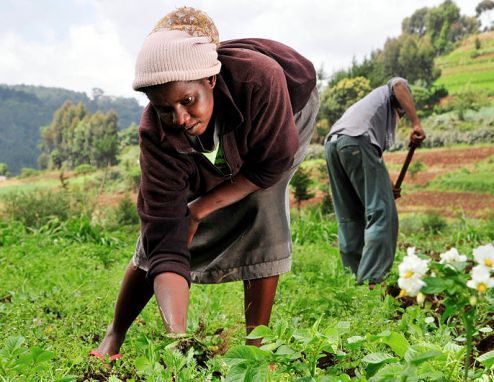
Extensively drug-resistant tuberculosis, the most dangerous form of TB, is on the rise in South Africa, according to a new study. So-called XDR-TB does not respond to four or more drugs typically used to treat tuberculosis, making the condition potentially lethal.
Researchers at the U.S. Centers for Disease Control and Prevention in Atlanta, Georgia, say extensively drug-resistant tuberculosis has spread from person-to-person in South Africa’s KwaZulu-Natal province, contributing to a tenfold increase in the number of cases in the country since 2002.
The finding explains why it has been difficult to contain the epidemic, despite improvements in diagnosis and implementation of a system to ensure tuberculosis patients take all their prescribed medications.
XDR-TB does not respond to two first-line drugs commonly used to treat TB, and it is resistant to at least two second-line drugs. Without treatment, the condition is fatal.
Researchers studied 404 patients with XDR-TB to determine whether their TB had become resistant due inadequate treatment, or whether the disease was contracted through contact with another person.
Reporting in the New England Journal of Medicine, co-author Sarita Shah said 69 percent of the cases were transmitted person-to-person.
“What this really means is that we have got to focus our attention on breaking the cycle of transmission by evaluating people who are in close contact in households, in health centers, in people who are in the community where we have been able to show in this study that the disease is being transmitted,” said Shah, associate chief for science in the Division of Global HIV and TB at the CDC.
Tuberculosis is a common infection in people living with AIDS. In recent years, drug resistance has begun to emerge, particularly among those who do not take their medications as prescribed. Usually, however, drugs can be found to fight the illness.
With XDR-TB, the choices become much narrower and the drugs that can be used are less effective. That makes the condition expensive and very hard to treat.
By entering the community unchecked, drug-resistant TB becomes very difficult to contain, according to Shah, which puts the lives of tens of millions of people at risk.
Public health officials must try to identify who is infected to keep the disease from spreading further, Shah says.
“In about 30 percent of our [research] participants, we were able to identify specific links between people showing transmission occurs from person-to-person,” she said. “Half of these were occurring in hospital settings and the other half were in households … among family members or close members in the community.”
Investigators used social network analysis and genetic fingerprinting to trace cases of the disease to their source. But the work was time consuming, adding to the already difficult task of disease containment and treatment.
It is not just South Africa that is experiencing a rising problem with multi-drug resistant strains of tuberculosis. Shah says more than 100 countries are now battling the disease.
By Reuters


